Reflecting, I realize that I’ve found a lot of amazing tools in Northern California. I’ve hauled enough iron ~400 miles south to the LA area that compass readings might be affected. Luckily my latest trip up was no different.
As they often are, my trip was a bit last minute. I stealthily slipped up and visited the Alameda flea. It yielded a few gems but not enough to even take the iconic tailgate shot. The short version is that I now have a Stanley No. 10, something I’ve been hoping to find for awhile. The big arn from Alameda was a rare model sewing machine, so ’nuff ’bout that.
Later, I was hunting through antique shops in the Sierra foothills. I was hitting closing time but was still empty-handed. One planer gauge tempted me but was overpriced. I walked into the last open shop. This one was new since my last visit. Initially I had low hopes with all the dreck (to me) but curiosity paid off with a cabinet of Plomb, Proto and Snap-on to look through. Perhaps I was a hard sell (or cheap?) but nothing tickled my fancy in the wrench department. I wandered further and saw a coal forge & blower on wheels and on the other side of the display: a vise.
What I definitely don’t need is another vise. Right?
Well, I needed this vise. 13″ wide jaw, at least 14″ of clamping depth, a screw that spins freely enough to make you too speechless to utter “quick release”, and a handwheel.
I asked the gent at the front about a price on it. He got up and said “have a couple back there, have to see which one”. After a few steps on he remarked “Oh, you mean that one. It almost killed me getting it off the bench”. Apparently, he was just as surprised by it’s heft as I was, except I wasn’t beneath it when I made the discovery. We worked out a deal and he even loaded it for me (to my great relief).
The general pattern is often called a piano maker’s vise. With all of the hullabaloo about Studley lately, these are often referred to as “Studley-esque”. Don Williams did a substantive amount of research into the Studley vises as well as all other elements of the toolbox for his book. In the rounds of publicity preparation for the book he posted several updates about piano maker’s vises that he sourced and eventually included in the exhibit. I think he located a dozen or so, and several are the same design of mine. He notes on the “Ben” vise that it’s numbered 15 on both castings, which leads him to the conjecture that there must be fourteen others of that pattern. Well, I am happy to report that we can boost that count to eighteen total. My vise is marked with 18 in the same location.
Initially, I was temped to refer to this design with the last name of one of the other owners. Given the quantity available, I think they should just be called the dovetail-slide pattern.
Here is documentation of the family:
- Ben’s (#15): http://donsbarn.com/bens-bench/
- PhilipH (#?): http://donsbarn.com/new-england-vise-tour-days-2-and-3/
- Dan Santos (#?): https://blog.lostartpress.com/2013/03/05/on-the-hunt-for-studley-esque-vises/
- direct photo link: https://blog.lostartpress.com/2013/03/05/on-the-hunt-for-studley-esque-vises/#jp-carousel-6111
and of course mine:
- Brian Rytel (#18): http://zengrain.com/?p=1240
- photo gallery:
That accounts for four of at least eighteen. Not bad for tracking down trivial industrial artifacts over a century old. If anyone can find additional examples, photos, documentation or serial numbers for this pattern of vise, please let me know.
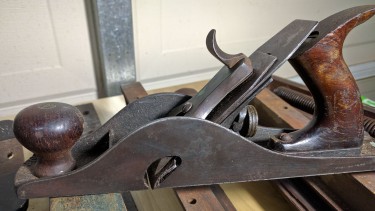
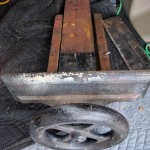
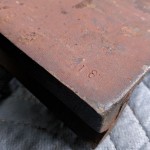
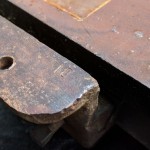
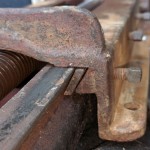
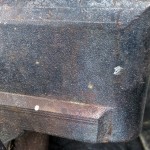
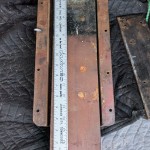
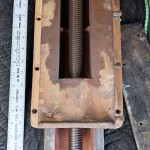
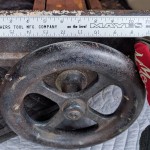
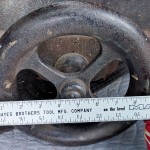
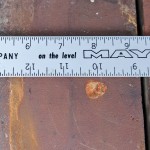
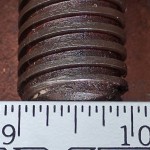

[…] I’m reposting this from Brian Rytel’s blog http://zengrain.com/piano-makers-studley-esque-vise/ — […]
Just got a bench last week with 2 piano makers vises. Bench needs some repair. When I get to it will examine the vises and let you know what I find. Found in NC and I live in NC.
Very exciting Bob! I’d love to see the bench and vises. See if you can find any numbers on them.
I have 2 of these that I found in an old house in my town of Brattleboro, VT, which used to have the old Estey Organ Factory.
I own number 45. Just a wonderful piece of machinery. It was a gift from a childhood friend.